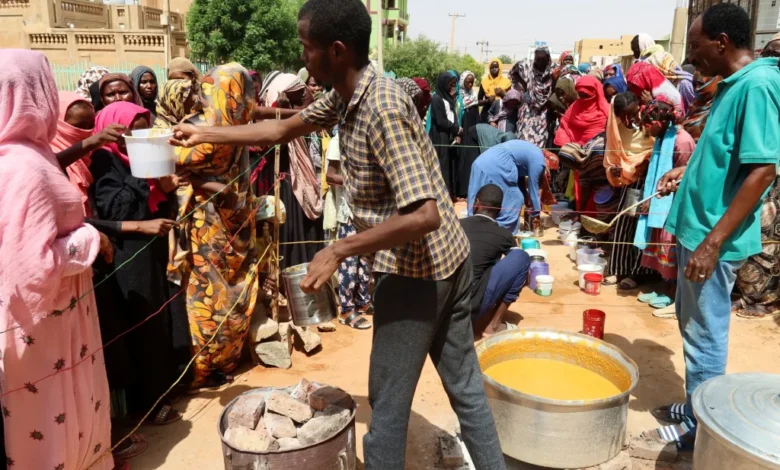Breaking the Cycle of Hunger: Addressing Food Insecurity in West and Central Africa

Source: http://newscentral.africa
As the post-harvest season of 2024 unfolds, a troubling reality grips over 40 million individuals across West and Central Africa. The United Nations World Food Programme (WFP) predicts an even bleaker future, with 52.7 million people facing food insecurity by mid-2025, including 3.4 million enduring emergency levels of hunger.
A Growing Crisis:
The latest Cadre Harmonisé food security analysis, published this month, paints a distressing picture of worsening food insecurity in the region. Despite a slight decrease in the number of severely food-insecure individuals compared to the previous year, this temporary improvement is overshadowed by persistent challenges. Better security conditions and above-average rainfall in some Sahelian areas have had limited impact against the tide of climate shocks, economic instability, displacement, and violence.
The Most Affected:
Countries such as Nigeria, Cameroon, and Chad bear the brunt of this crisis. Together, they account for over half of the food-insecure population, with forcibly displaced individuals being the hardest hit. These vulnerable communities are often cut off from their fields and grazing lands, leaving farming and food production impossible.
The region has also witnessed devastating climatic events, such as floods that affected six million people this year alone. These disasters not only destroy livelihoods but also disrupt the already fragile agricultural output, exacerbating hunger.
Children at Risk:
The impact of this crisis on children is particularly harrowing. In 2024, an estimated 16.3 million children suffered from acute malnutrition, with 5 million cases categorized as severe. The consequences of malnutrition are far-reaching, threatening not just survival but also the long-term development and productivity of affected children.
Recommendations:
To combat the escalating food crisis in West and Central Africa:
- Increase Humanitarian Aid: Governments and international organizations must scale up life-saving assistance to meet immediate needs.
- Invest in Resilience: Build and implement joint integrated programs targeting the most affected communities.
- Support Sustainable Agriculture: Empower smallholder farmers through access to resources and training.
- Enhance Nutrition Programs: Expand initiatives targeting child malnutrition with timely interventions.
- Secure Long-Term Funding: Ensure predictable and flexible funding for both emergency responses and sustainable development programs.
Lessons to Note:
- Preparedness is Key: Anticipatory actions can mitigate the impact of climate shocks and displacement.
- Integrated Approaches Work: Combining humanitarian aid with long-term development efforts yields better outcomes.
- Nutrition is a Foundation: Prioritizing child nutrition is essential for breaking the cycle of poverty and hunger.
Conclusion
The escalating food crisis in West and Central Africa serves as a stark reminder of the interconnected challenges of climate change, economic instability, and displacement. While the numbers are daunting, they also highlight the urgency of collective action.
Source of Image: http://newscentral.africa





